
Mild Hybrid Electric Vehicles (MHEVs)
An MHEV, Mild Hybrid Electric Vehicle, have both an electric and combustion engine however, unlike the FHEVs, they must be used in conjunction with each other. Read on to find out more about MHEVs.
What is a Mild Hybrid Vehicle?
Mild hybrids, broadly speaking, are cars that have both a traditional internal combustion engine alongside an electric battery. This means that the petrol/diesel part of the engine can be turned off at various points during a journey, such as when a car is stationary, but it can then restart really quickly.
They typically have a small battery and an electric motor that can take over running parts of the car, such as the headlights and air conditioning. The important distinction here is that the wheels cannot be powered by the electric motor.
For drivers who aren’t ready to make the jump to electric, a mild hybrid option is a great choice.

Emissions Significantly Reduced
Although not as good for the environment as pure electric vehicles, it's a good start.

Smoother Driving Experience
Mild hybrids use assistive tech rather than replacing the engine, this aids performance and creates smoother starts.

Require No Charging
Regenerative breaking recharges the battery, so there's no need to plug in!

Reduced Running and Maintenance Costs
Mild hybrids are 15% more efficient on fuel use than petrol/diesel cars, which will save you a lot of money in the long run.
Things to consider when buying a Mild Hybrid Vehicle
MHEVs are the ideal step into electric vehicles without sacrificing the benefits of a standard vehicle. Performance, convenience, and comfort can all benefit from choosing a Mild Hybrid.
If you’re looking for a vehicle that will be zero emission and help reduce your carbon footprint, then a BEV vehicle would be best for you. However, a Mild Hybrid is also the kindest on the pocket, so that should not be overlooked.
More about other types of Electric & Hybrid Vehicles
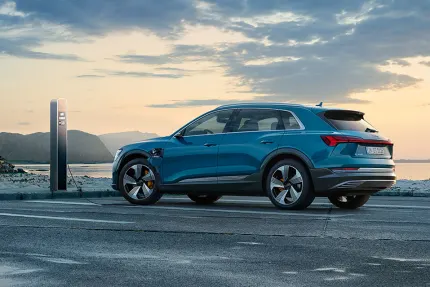
What is a BEV?
Battery Electric Vehicles Explained
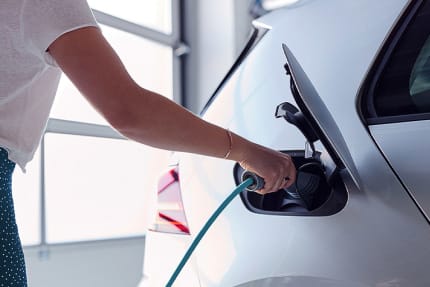
What is a PHEV?
Plug-in Hybrid Electric Vehicles Explained
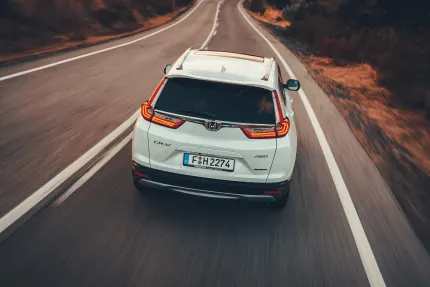
What is a FHEV?
Full Hybrid Electric Vehicles Explained
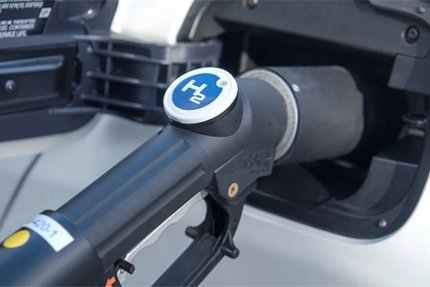
What is a FCEV?
Fuel Cell Electric Vehicles Explained
Looking for something else?

Charging an Electric Vehicle
Getting the best from an EV requires you to charge it properly. But how do you charge an electric vehicle?
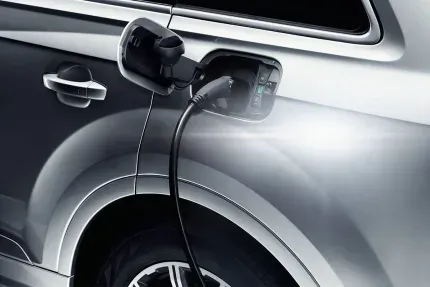
Hybrid and Electric Running Costs
If you're thinking about making the switch, you'll want to know how much it's going to cost.

10 Electric Vehicle Myths Busted
We debunk some of the key myths surrounding electric cars
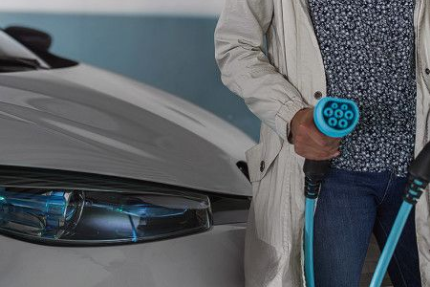
Electric Vehicle Maintenance
Find out how to keep your EV maintained to keep it at it's best.
Thinking About Going Electric?
We can help find the right electric vehicle for you.